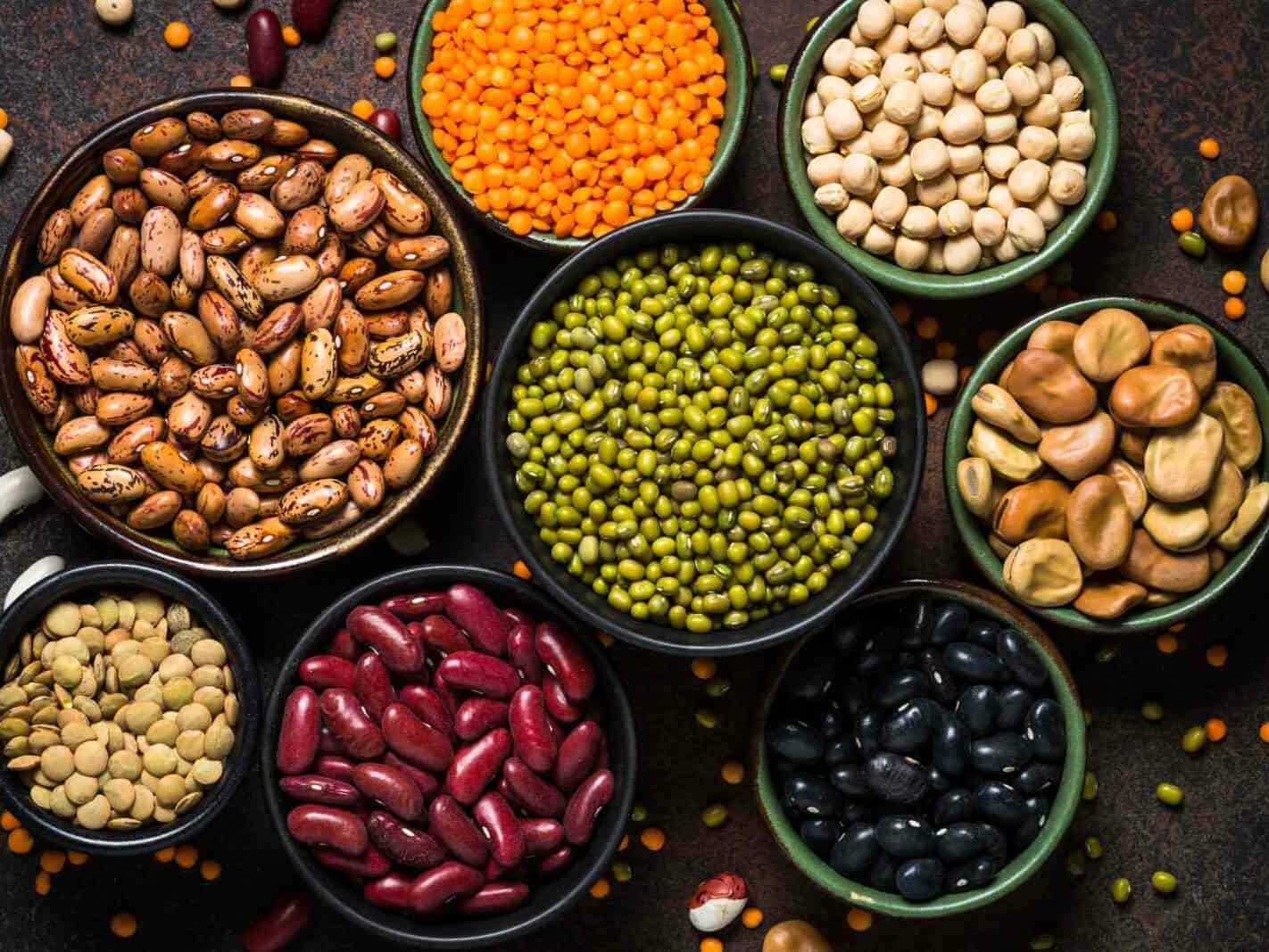24 Cheap Foods to Eat if You Are on a Budget
Eating healthy on a tight budget can seem next to impossible. However, you don’t have to break the bank to enjoy nutritious meals. There are plenty of affordable options that provide important nutrients without draining your wallet.
To help make healthy eating achievable for any budget, we asked nutritionists to share their top penny-pinching food picks. From versatile veggies to lean proteins and more, these expert-recommended ingredients make it easy to eat well for less. With a mix of nutrient-dense staples and savvy shopping tips, this list takes the guesswork out of affording quality nutrition.
Legumes
Legumes such as lentils, beans, and split peas are great sources of protein and fiber. They are also very affordable, making them a fantastic addition to any budget-friendly meal plan.
Ashley Kitchens, MPH, RDN, a plant-based dietitian and owner of Plant Centered Nutrition.
Frozen Fruits & Vegetables
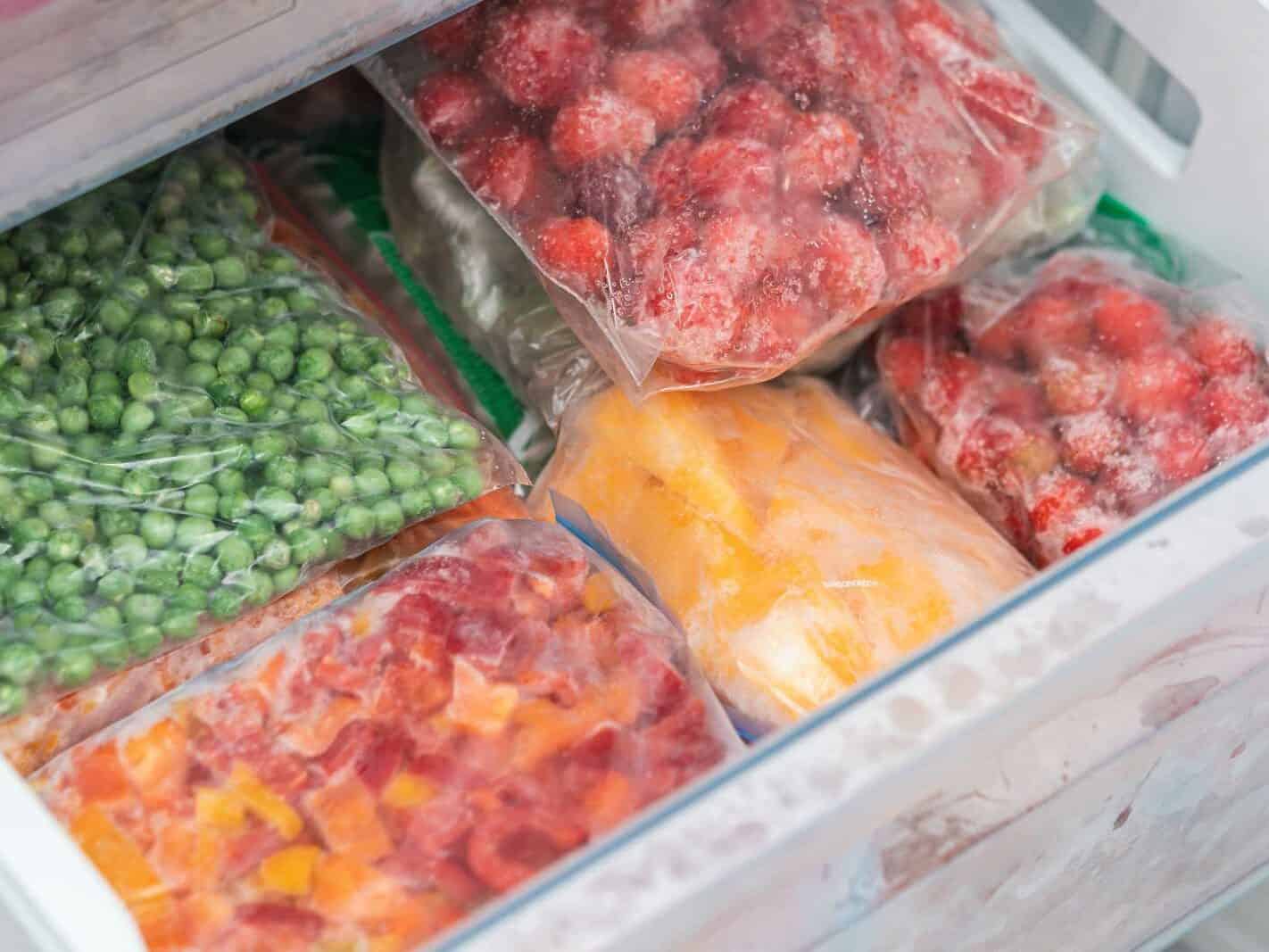
Fresh produce can get expensive, especially if you’re buying organic or out-of-season. Frozen fruits and vegetables can offer the same nutritional value at a fraction of the cost. You can keep your freezer stocked with frozen fruits and vegetables for an affordable way to get the vitamins and minerals you need every day.
Ashley Kitchens, MPH, RDN, a plant-based dietitian and owner of Plant Centered Nutrition.
Bananas
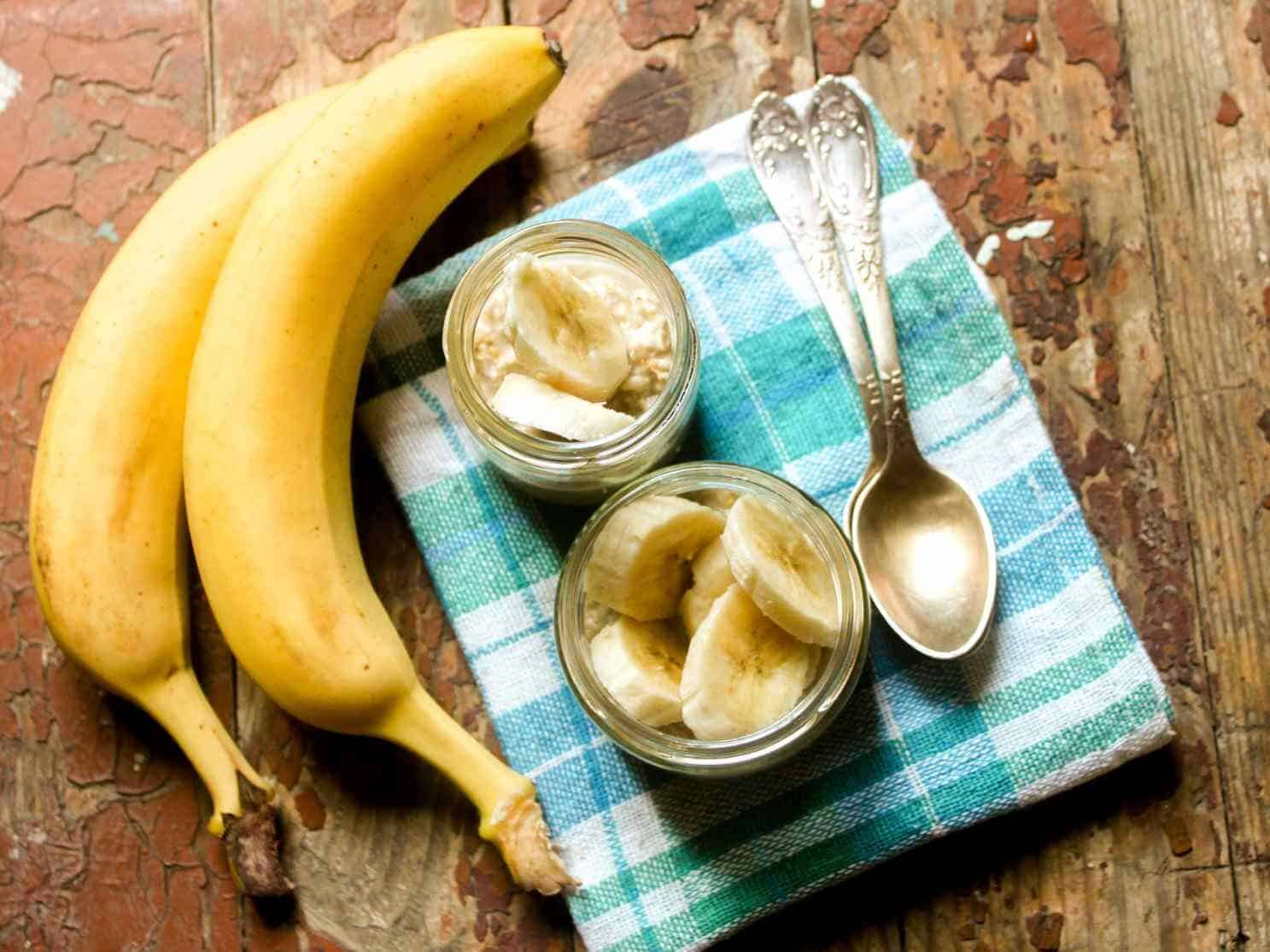
Bananas are often very cheap, and come with their packaging (the peel)! This nutritious option provides a quick source of energy that’s easy to take on the go!
Christine Milmine, RDN, Plant-Powered You
Sweet Potatoes
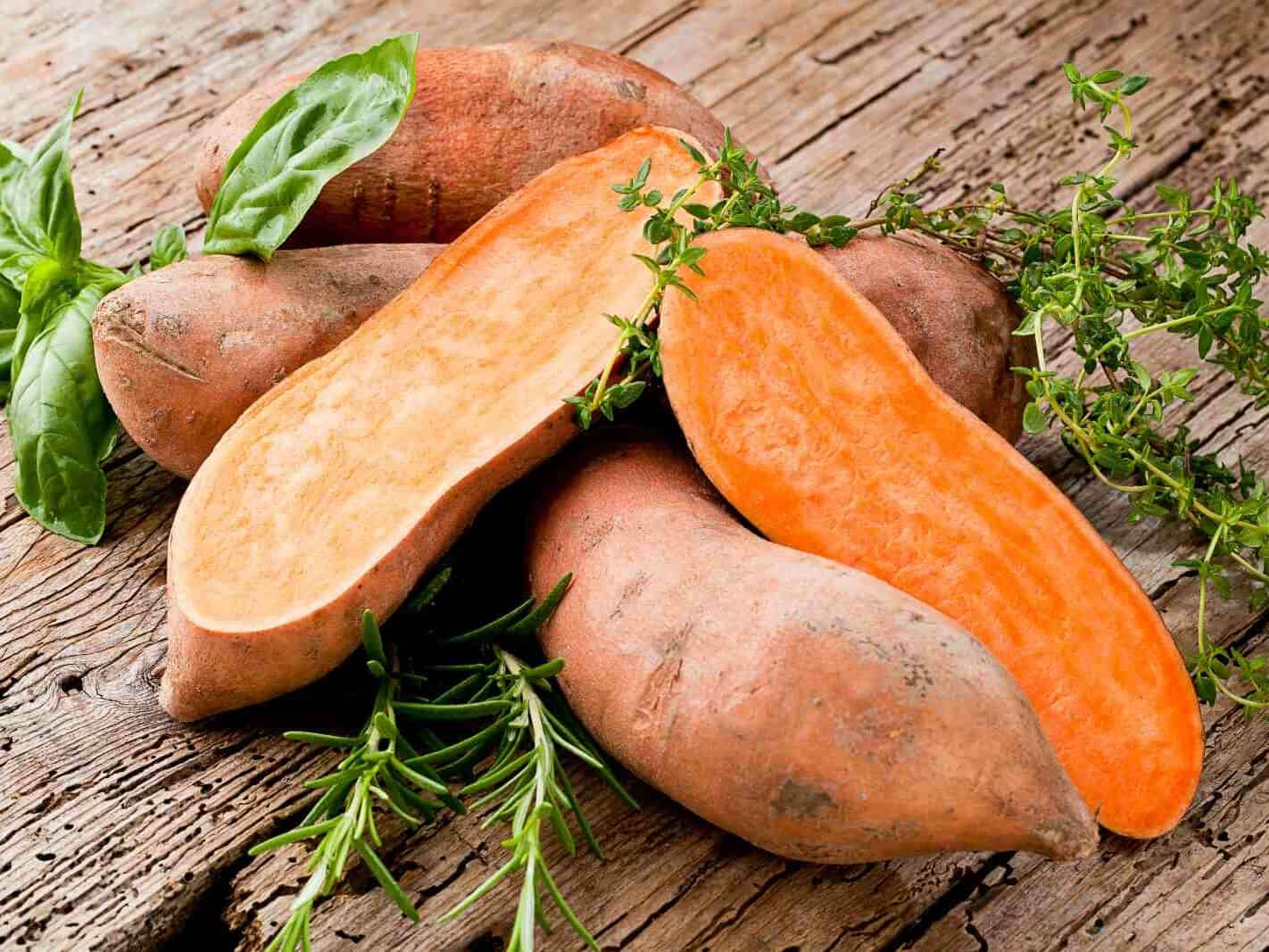
Sweet potatoes! This classic fall food is easy to microwave or bake in the oven, and it’s packed with nutrition. Sweet potatoes (they’re technically one word!) contain the daily recommendation of vitamin A and 4 g of fiber per medium potato if you eat the skin! Most grocers carry this starchy root veggie at just a dollar per pound or less.
Caroline Thomason, RD CDCES, is a dietitian and diabetes educator in Washington, D.C.
Popcorn

Popcorn, canned beans, eggs, oats, and bananas are all cheap and healthy food options. Popcorn is a low-calorie snack that is high in fiber and costs less than $2 for a bag of kernels.
Wan Na Chun, MPH, RD, CPT of One Pot Wellness, One Pot Wellness
Canned Beans
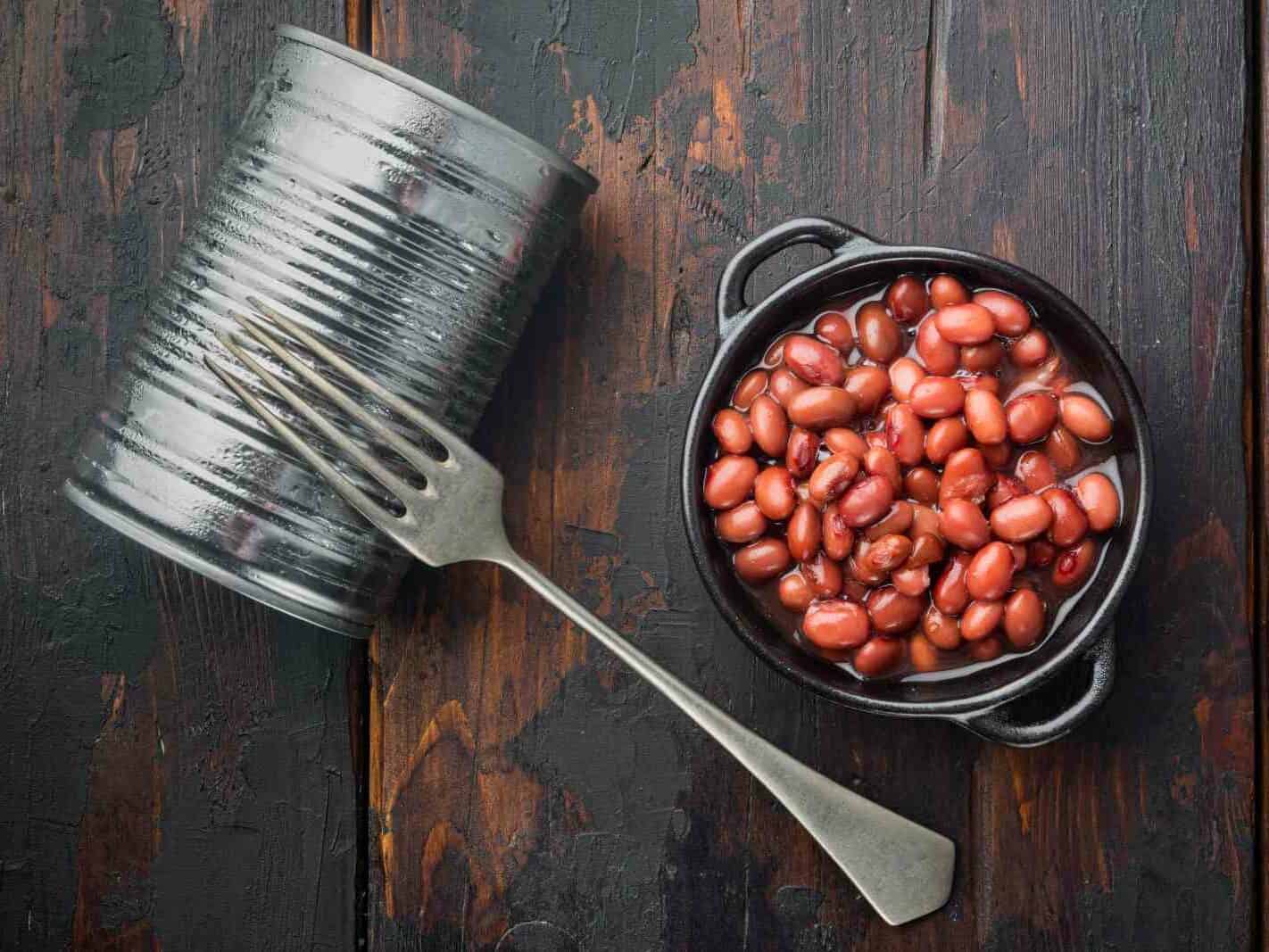
Canned beans are a versatile source of protein and fiber that can be used in a variety of dishes, and a can typically costs less than $1.
Wan Na Chun, MPH, RD, CPT of One Pot Wellness, One Pot Wellness
Oats
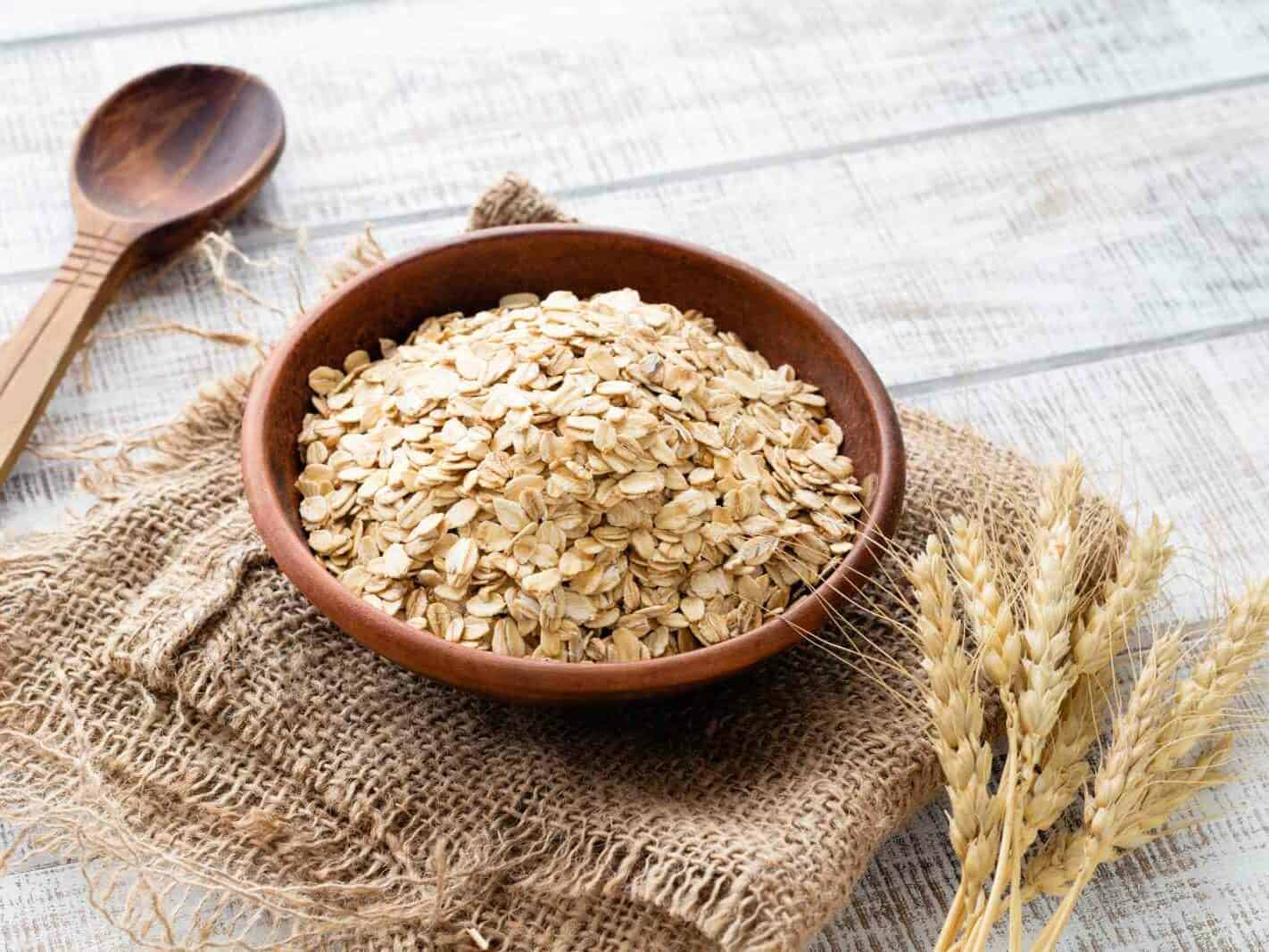
Oats are a nutrient-dense food that is high in fiber and can be used as a breakfast cereal or in baking, and a container of oats typically costs less than $5.
Wan Na Chun, MPH, RD, CPT of One Pot Wellness, One Pot Wellness
Peanut Butter
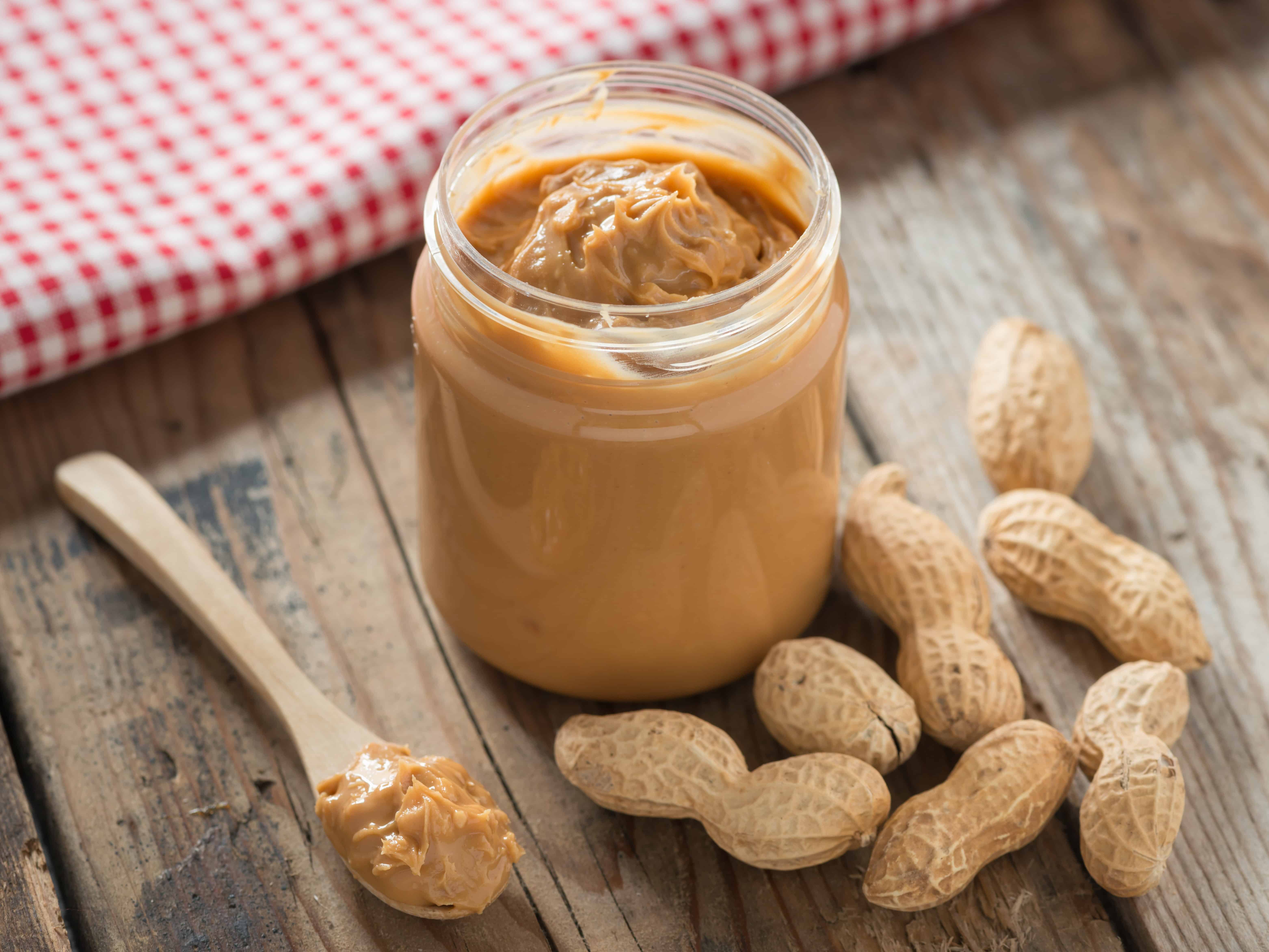
Peanut butter is my number one budget-friendly food recommendation because it’s delicious, versatile, and full of plant-based protein, heart-healthy unsaturated fats, and other essential vitamins and minerals. I love peanut butter at breakfast on toast with sliced banana, a sprinkle of chia seeds, and a pinch of cinnamon.
Caroline Young, MS, RD, LD, RYT, owner of Whole Self Nutrition.
Potatoes
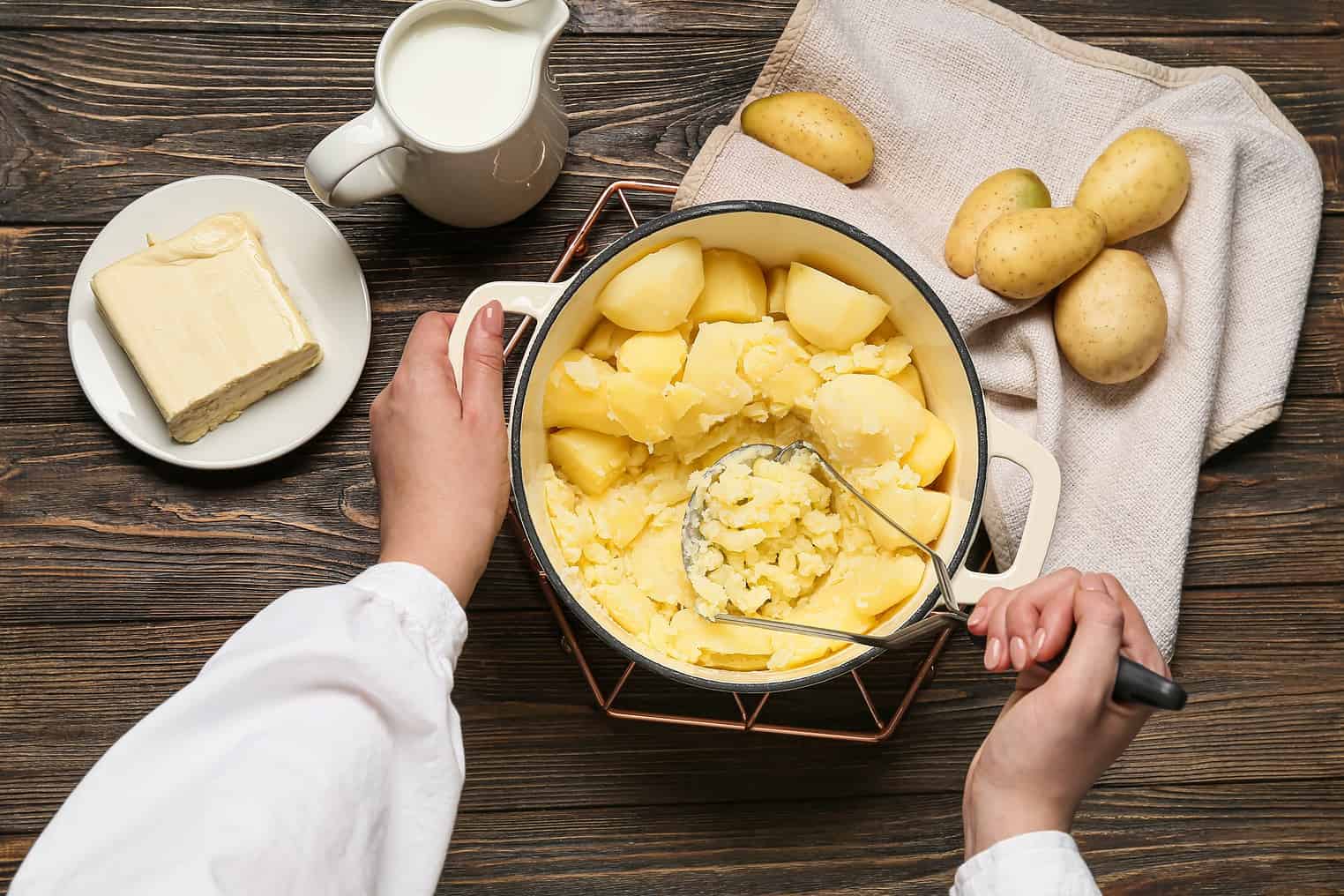
As a registered dietitian, when someone asks for an inexpensive, versatile, and healthy food, Idaho potatoes come to mind.
The price of one baked russet Idaho potato is approximately $1.00! In that one medium potato (5.2 oz) you get 110 calories, 3g protein, 26g total carbohydrates, and 2g dietary fiber. It’s also free of fat, saturated fat, added sugars, and sodium.
Potatoes are an excellent source of vitamin C and a good source of fiber, potassium, and vitamin B6. In addition, Idaho potatoes are certified by the American Heart Association as a heart-healthy food, and you can find the well-recognized heart-check mark on the bags.
Toby Amidor, MS, RD, CDN, FAND award-winning nutrition expert and partner with Idaho Potatoes
Rice and Beans
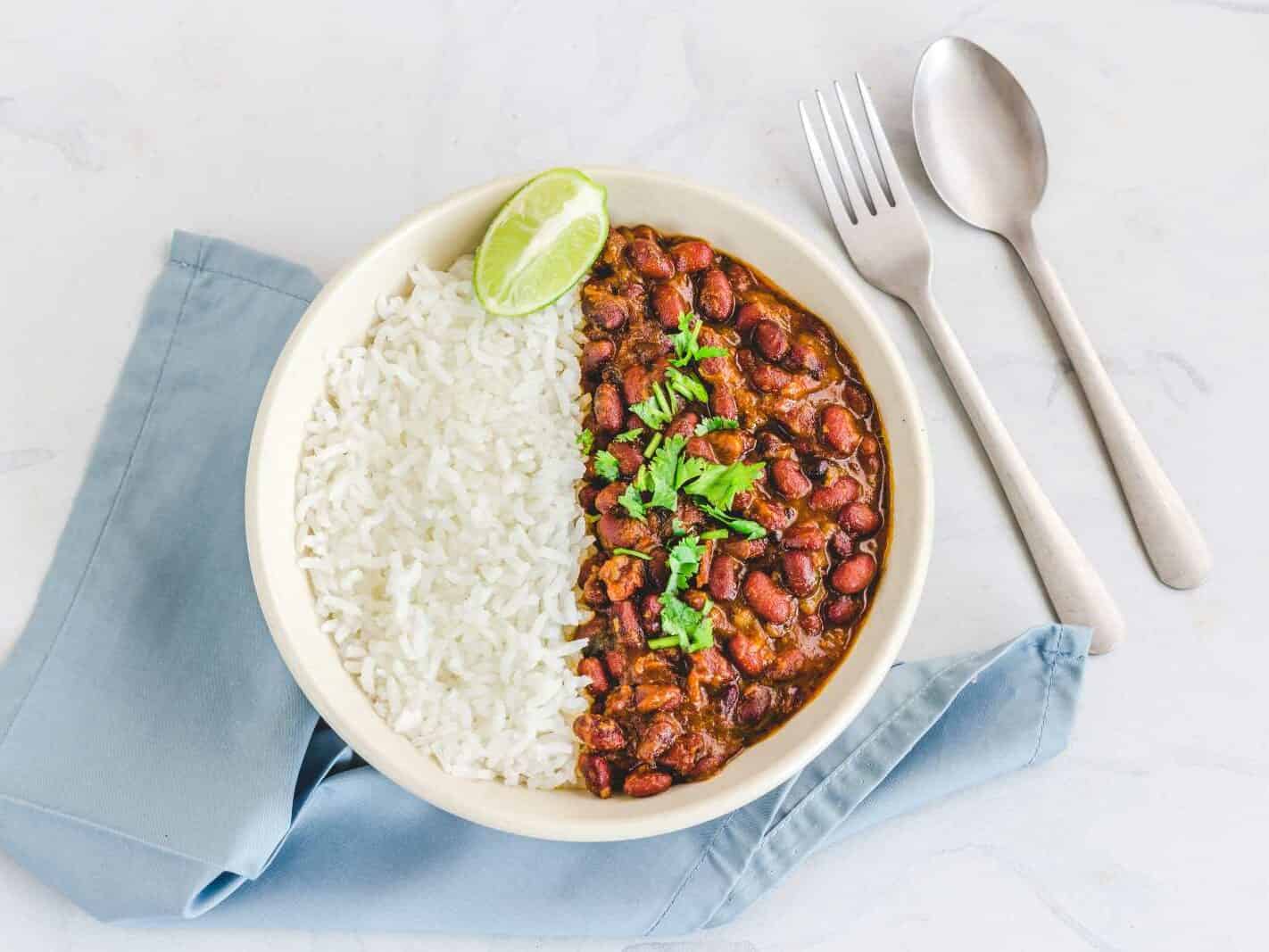
Being Latin, I greatly advocate the budget-friendly power duo: rice and beans! With just one pound of each, you’ll have enough to fuel yourself for seven or more meals. Not only is it delicious, but this hearty combo is also incredibly affordable, costing less than $3 for the 7-plus meals.
Dr. Su-Nui Escobar, DCN, RDN, FAND, Menopause Expert, Doctor in Clinical Nutrition, Registered Dietitian of the Menopause Better Blog
Large Carrots

Rich in vitamins and minerals as well as fiber to support gut health. Carrots are an affordable root vegetable you can use for everyday meals either roasted, shredded in salads or wraps, or stir fry’s. I’m always thinking of how I can add more color to my meals and carrots are a weekly staple at our house!
Stefani Stewart RDN, CLT, Functional Registered Dietitian Nutritionist Food Sensitivity Specialist
Canned Green Peas
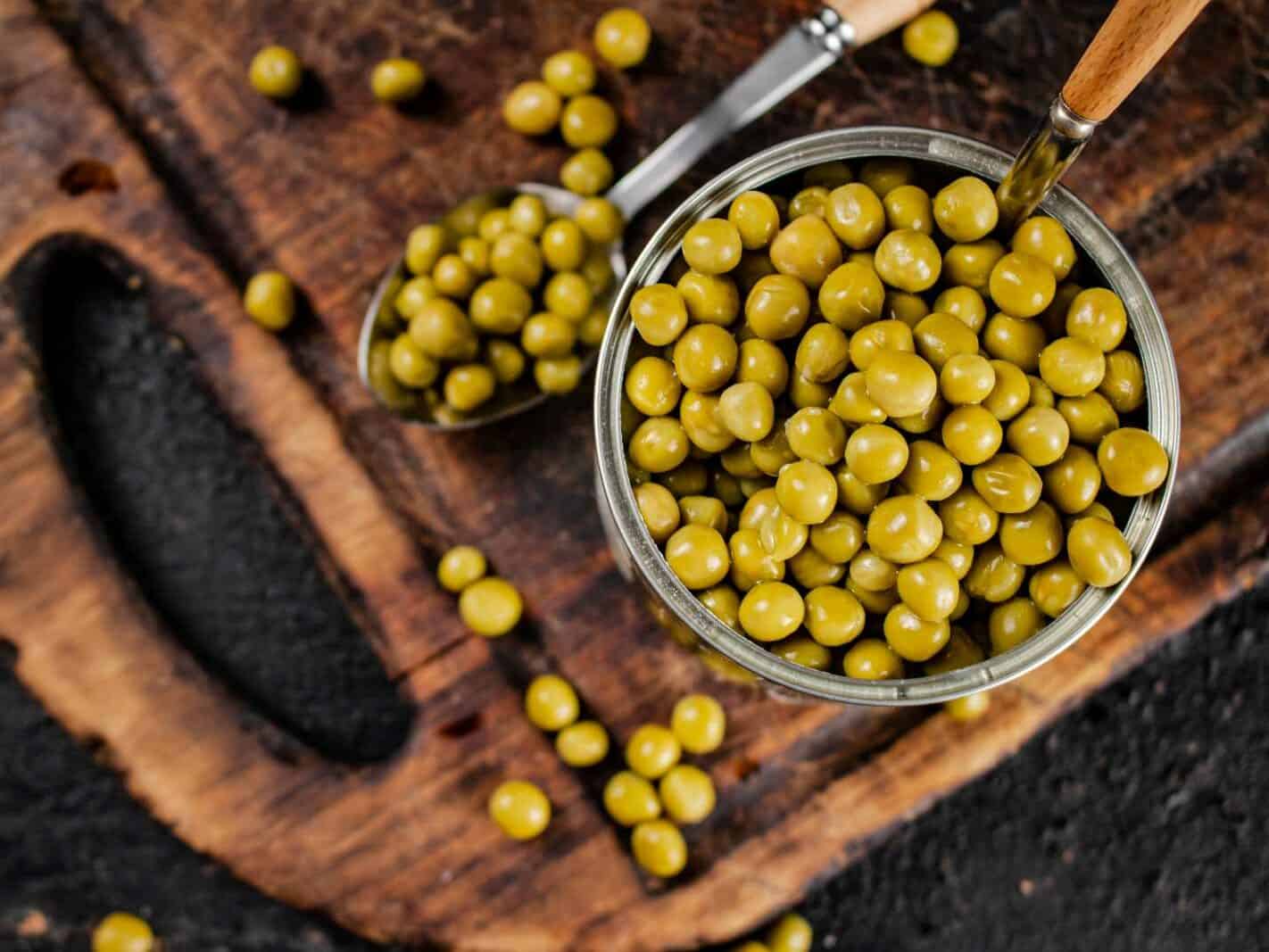
Canned green peas are an excellent way to boost your daily dose of fiber, potassium, and vitamin A. They are easy to rinse and add to a pasta dish, a salad, a casserole, or served as a side vegetable.
Katie Schimmelpfenning, RD, Eat Swim Win
Whole Grain Pasta

Whole grain pasta is packed with nutrition and doesn’t have a high price tag. While the price varies, many whole grain pasta brands sell a 16 oz box of whole grain pasta for under $2. A 2 oz serving of whole grain pasta has 8g of protein and 7g of fiber and contains nutrients like folate, zinc, iron, and b vitamins.
Jamie Nadeau, Registered Dietitian Nutritionist, The Balanced Nutritionist
Cottage Cheese

Cottage cheese is having a moment, and honestly, it’s for good reason! It’s a budget-friendly source of quality protein to keep you feeling full and it’s typically packed with probiotics for improving gut health. It can be added on top of toast, eaten with fruit, or even added to recipes for a boost of protein.
Alyssa Pacheco, RD, Registered Dietitian Pcos Nutritionist Alyssa
Canned Tomatoes
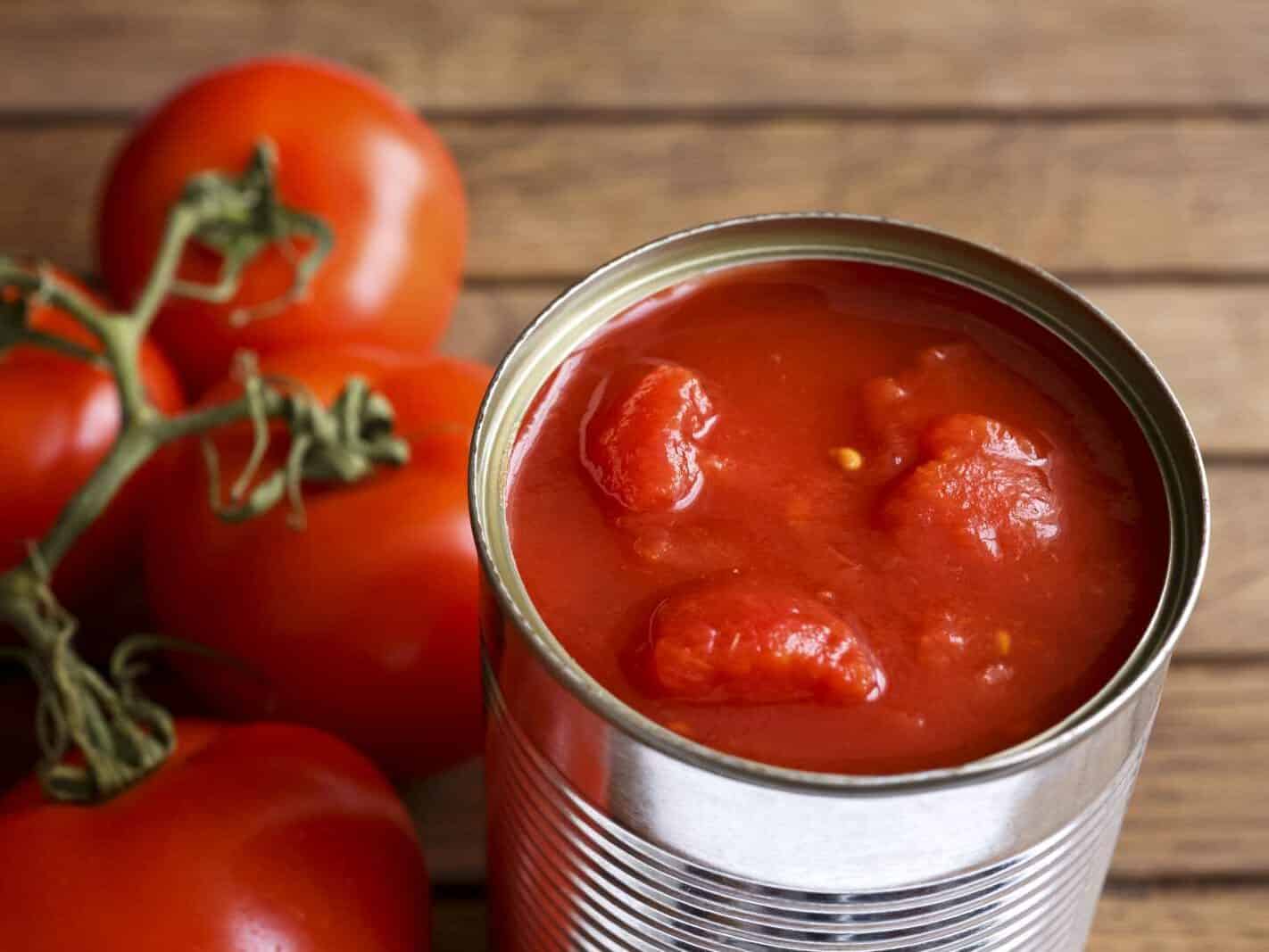
One of the budget-friendly staples that always makes my grocery list is canned tomatoes. Whether they are crushed, diced, or seasoned with Italian herbs or chili spices, there are countless ways to incorporate them into everyday recipes like quick pasta or pizza sauce, chili, minestrone, quesadillas, or even salsa! Compared to fresh tomatoes, the antioxidant lycopene is also more concentrated in canned tomato products, so you get a bigger nutrition bang for your buck. A win-win for your wallet and health!
Beth Stark, RDN, LDN is a registered dietitian nutritionist and owner of Beth Stark Nutrition
Frozen Edamame

Stock up on budget-friendly frozen edamame, a versatile and high-quality source of plant-based protein. Packed with all nine essential amino acids (the ones we need from the food we eat) and nutrients like folate, potassium, and fiber, it’s a convenient way to support your health.
Chelsea LeBlanc, RDN, LD, dietitian and owner of Chelsea LeBlanc Nutrition
Embrace leftovers
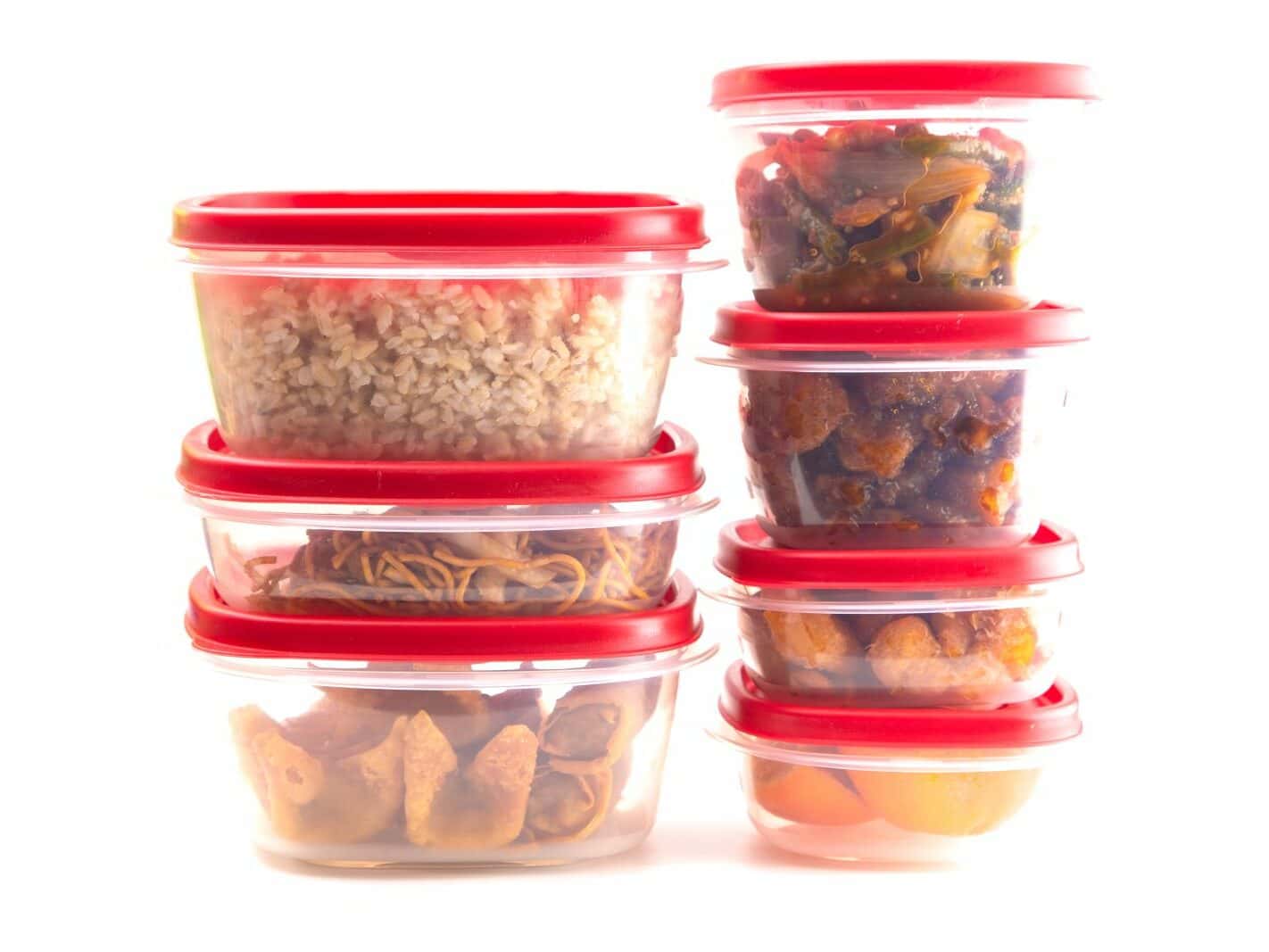
Prepare a double portion of a dish today that can be repurposed and served as a ‘new’ meal tomorrow. Meat, meatless protein sources, and vegetables can easily be used as leftover ingredients in casseroles or soups. Freezing extra portions of foods like lasagna to consume later is also a money-saving tactic if you have the storage space.
Emma Laing, PhD, RDN is a spokesperson for the Academy of Nutrition and Dietetics and director of dietetics at the University of Georgia
Reap Rewards

Check store flyers and mailed or electronically delivered coupons for the latest deals. Sign up for benefits or rewards programs at your grocery store to receive alerts on sales and special access to coupons.
Emma Laing, PhD, RDN is a spokesperson for the Academy of Nutrition and Dietetics and director of dietetics at the University of Georgia
Shop Strategically
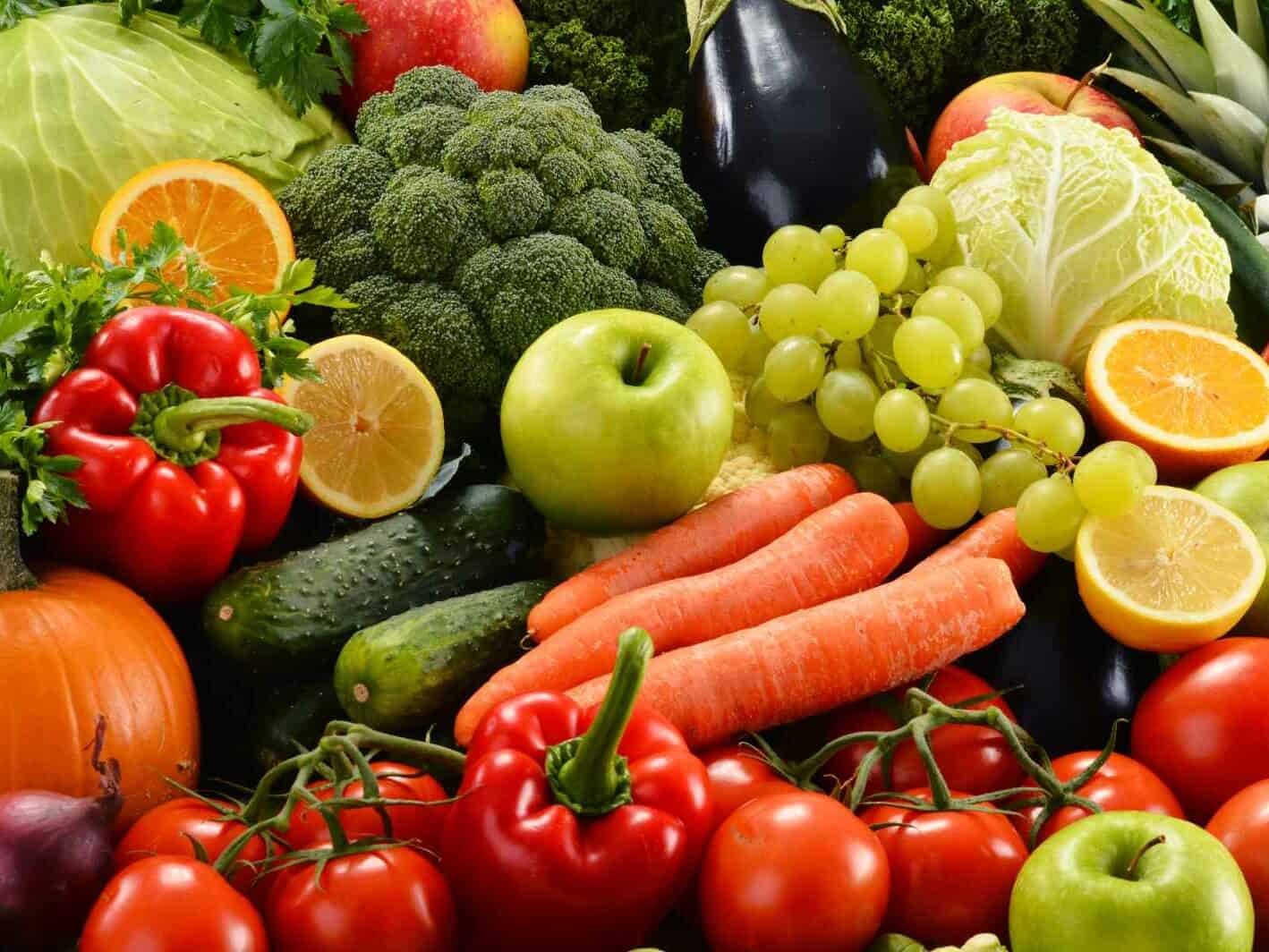
To save money, seek out fresh fruits and vegetables that are in season. Opt to buy whole fruits and vegetables that you can portion yourself instead of choosing pre-cut versions, which tend to be more expensive. However, do not feel pressure to purchase only fresh produce. Fresh fruits and vegetables are packed with nutrients, but canned and frozen varieties are also excellent options that are often less expensive, can be bought in bulk, and may be stored longer.
Emma Laing, PhD, RDN is a spokesperson for the Academy of Nutrition and Dietetics and director of dietetics at the University of Georgia
Visit Farmer’s Markets

Supporting farmer’s markets can offer financial and environmental advantages for the local farms and businesses, and there might also be a lower cost to the consumer.
Emma Laing, PhD, RDN is a spokesperson for the Academy of Nutrition and Dietetics and director of dietetics at the University of Georgia


